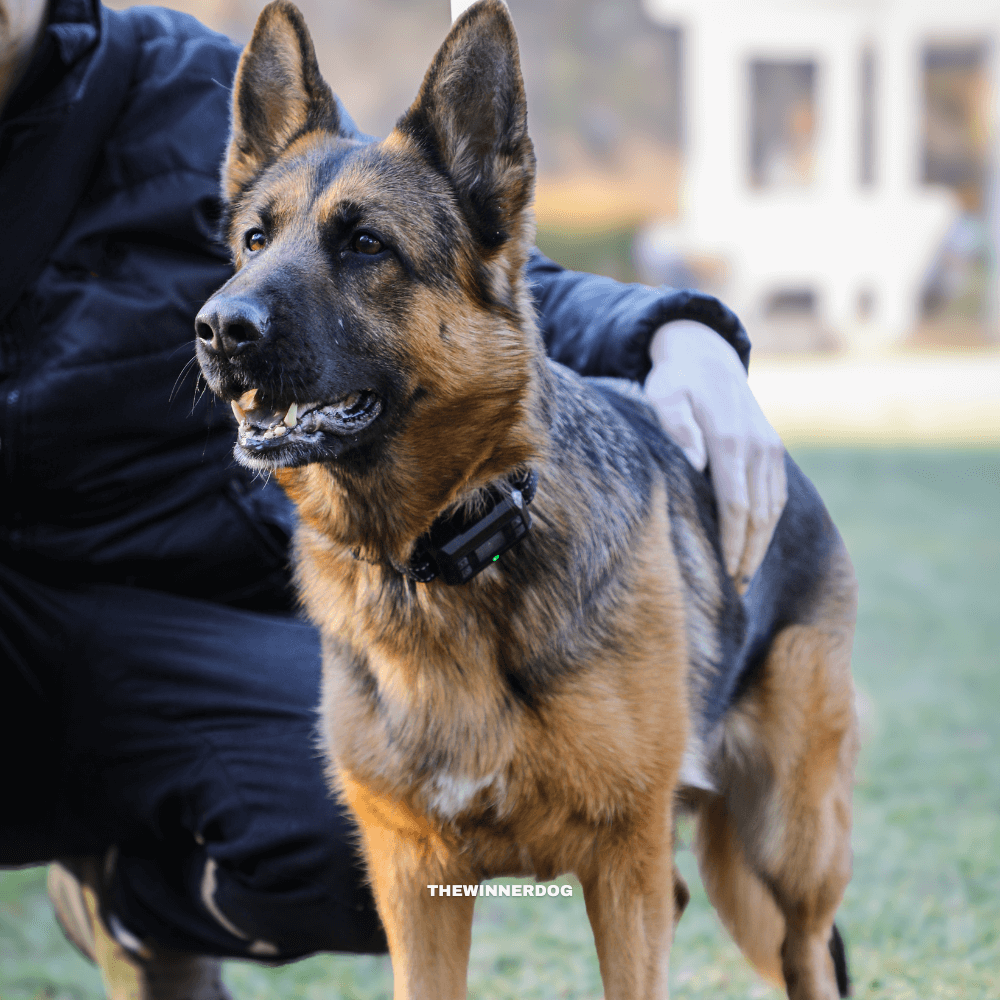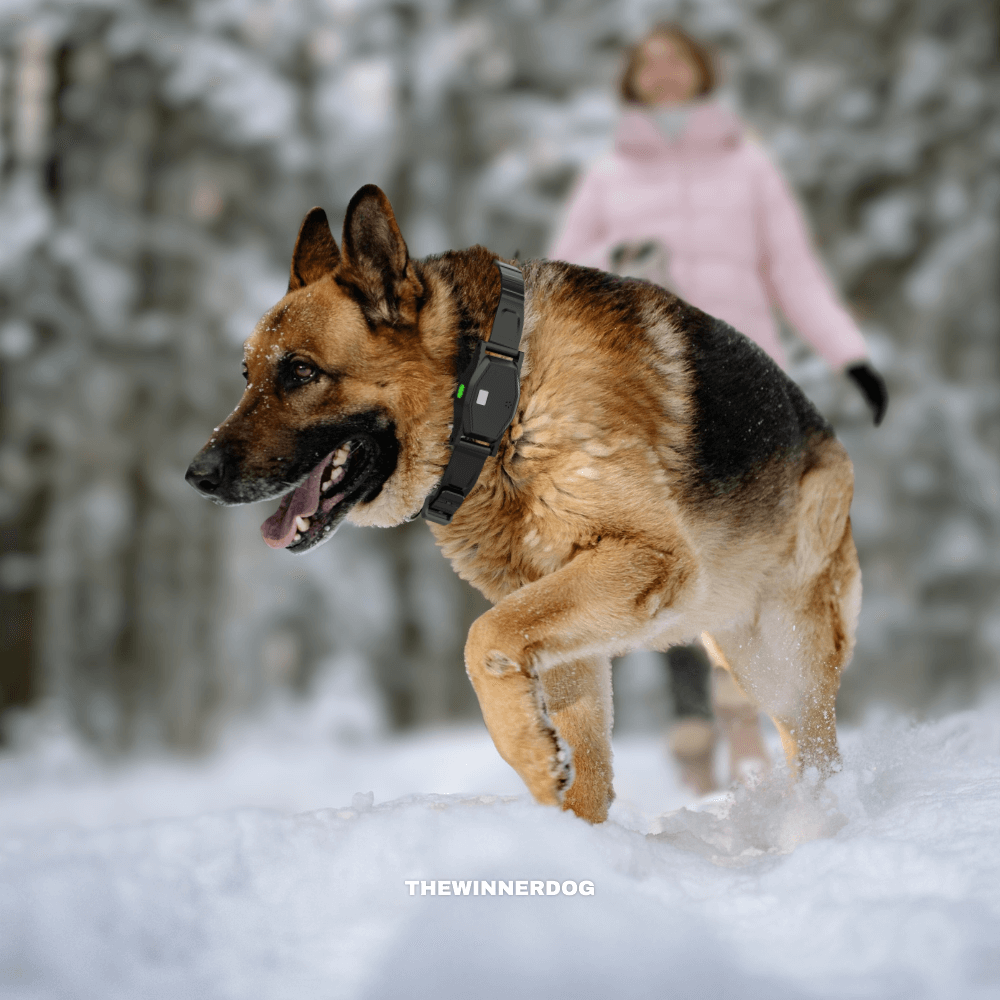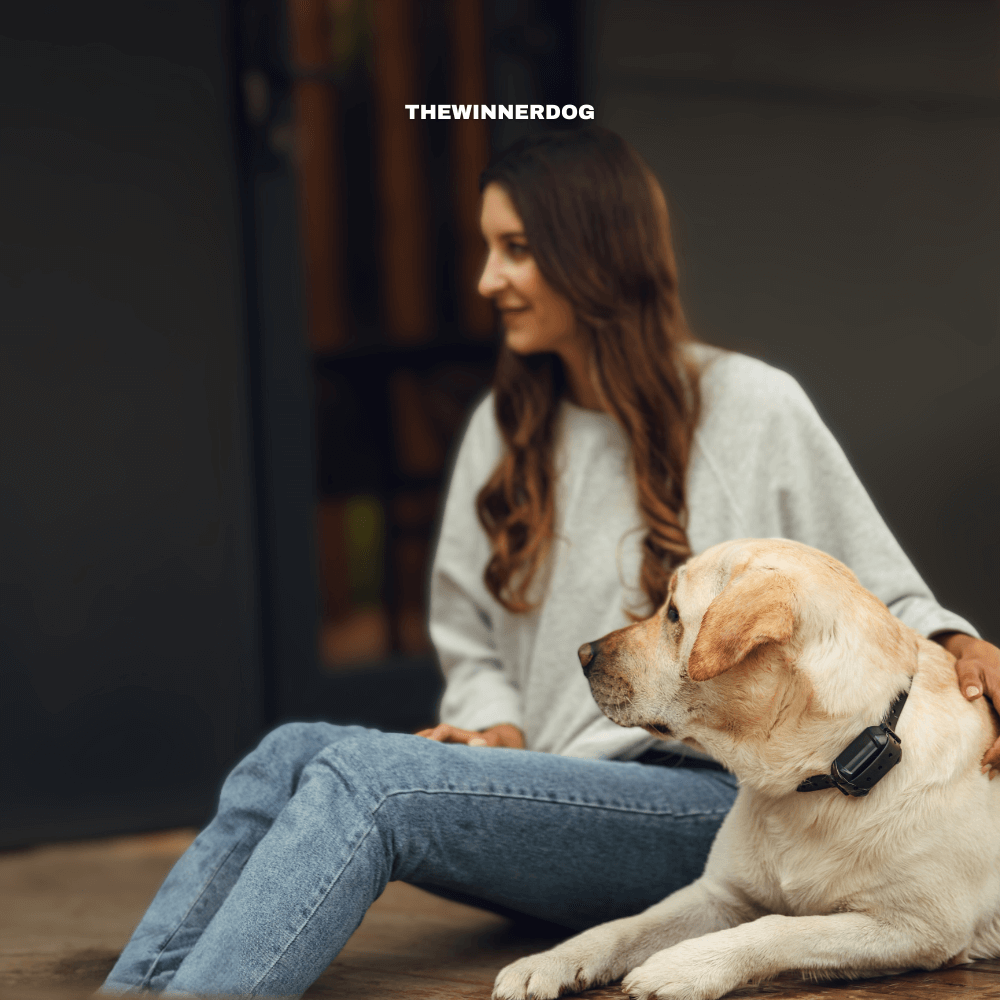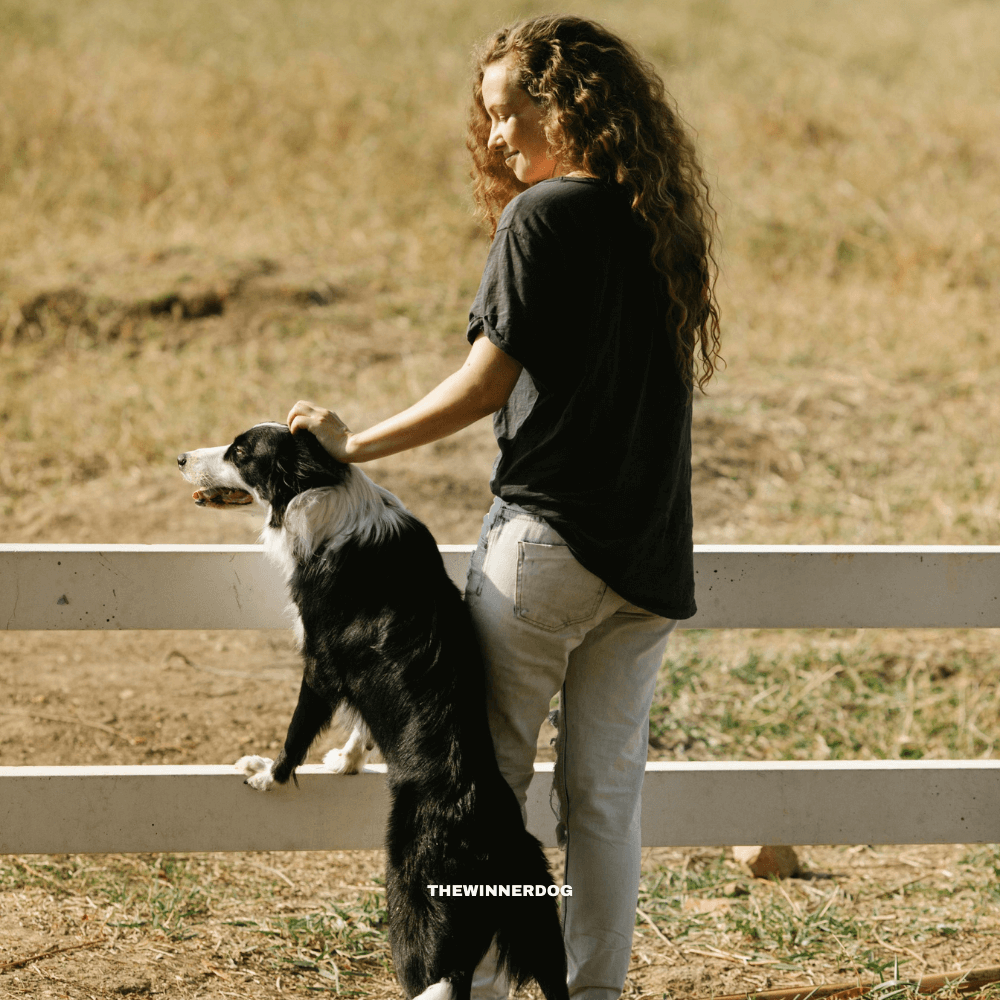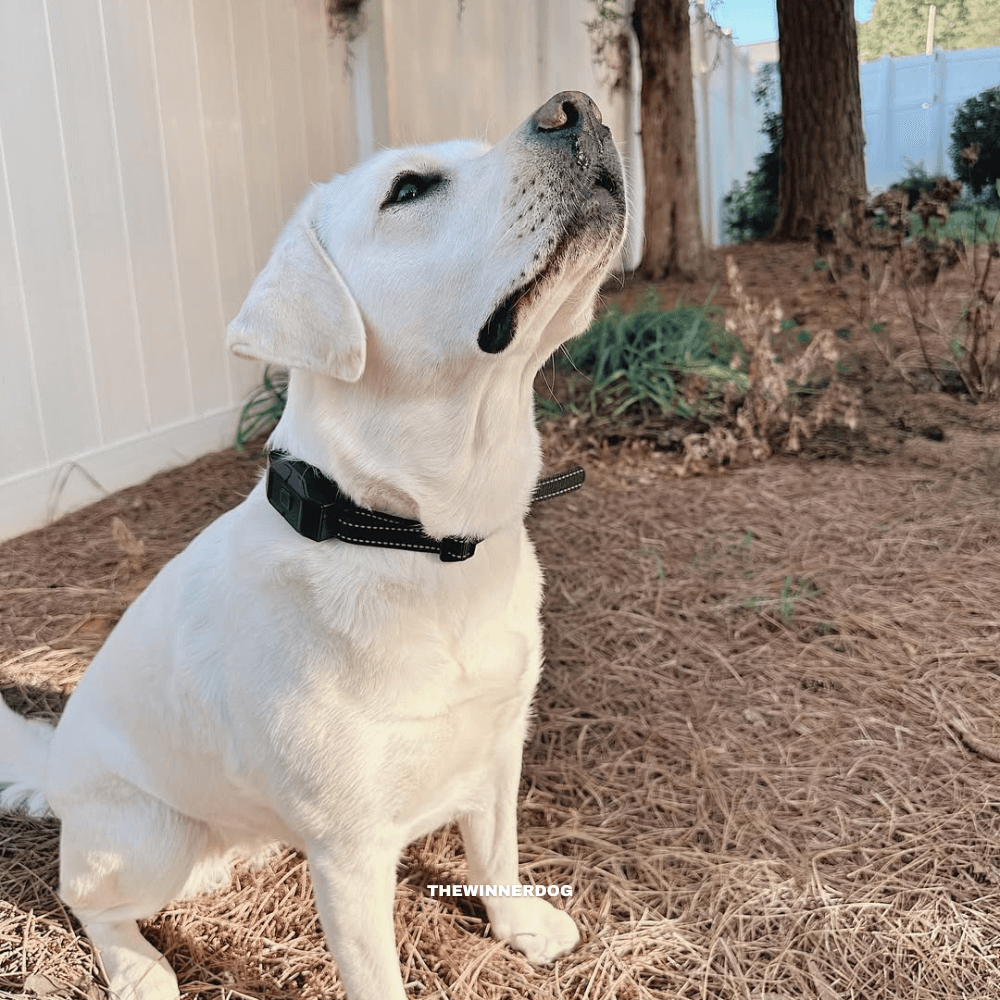
Is a Wireless Dog Fence Safe for Dogs?
A practical guide to Wireless Dog Fence systems—including Electric/Electronic Dog Fence options, Dog Training Collars, and Pet Containment Systems.
Wireless containment tools spark a lot of questions—especially about safety and effectiveness. This guide explains how they work, what “safe use” really means, and how to choose the right system for your dog and your space.
What Is a Wireless Dog Fence?
A Wireless Dog Fence (often called an Electric/Electronic Dog Fence) creates an invisible boundary and gives your dog clear feedback as they approach it—usually a warning tone, then vibration, and (optionally) mild static if they keep moving outward. The goal is simple: teach “turn back = comfort, push boundary = gentle consequence,” so dogs learn to stay inside the safe zone.
Common Types
- GPS Wireless Dog Fence: Uses satellite positioning to build a circular safe zone from a single point (great for farms, beaches, camping, wide-open yards).
- Base-Station (2.4GHz) Wireless Fence: Uses a local transmitter for small-to-medium areas and can work in some indoor settings where GPS isn’t ideal.
Not sure which tech to choose? Take our 1-minute quiz for a personalized recommendation: Take the 1-minute quiz.
Many modern systems (like ours) add progressive safety training—beep → vibration → optional static—and allow manual level control so you can keep feedback gentle.
Is a Wireless Dog Fence Safe for Dogs?
Yes—when used correctly and with the right dog. Safety depends more on how you use the tool than the tool itself.
Safety essentials
- Start soft: Begin with tone (beep) or vibration. Use static only if needed and at the lowest level.
- Fit it right: Snug, not tight. Use short/long contact points to reach the skin through different coat types.
- Limit wear time: Use during training/active hours, not all day or overnight. Rotate collar position daily.
- Check the skin: Inspect the neck each day for irritation; keep fur dry/clean under the contact points.
- Age & health: Avoid on very young puppies or dogs with medical/skin issues—ask your vet or trainer first.
- Environment-aware: GPS needs open sky; for small yards or complex indoor layouts, a base-station system is safer and more consistent.
When a Pet Containment System Helps
A Pet Containment System can reduce door-dashing, road chasing, or roaming on large properties. It’s especially helpful for:
- Open yards, farms, cabins, campsites (GPS models)
- Small yards or mixed indoor-outdoor zones (base-station models)
- Dogs that already understand basic cues and respond to tone/vibration
If barking, fear, or separation distress is the real issue, pair the fence with behavior work or consult a professional—containment alone won’t solve emotional causes.
Key Features to Look For (Safety & Comfort)
- Multiple modes: Beep, vibration, optional static with adjustable levels (keep cues gentle).
- Smart detection / anti-overshoot: Reduces false triggers and helps avoid “run-through” at the edge.
- Clear status: A screen or indicators for mode, battery, and signal (you always know what’s active).
- Fit & hardware: Adjustable strap, IPX7 waterproof receiver, long/short probes for different coats.
- Memory & setup: Auto-save for center/radius/modes; quick re-use at new locations (for GPS).
- No hidden fees: A fence that works out of the box without subscriptions.
Common Myths (Quick Reality Check)
-
“Wireless fences hurt dogs.”
Properly set systems use low-level, brief cues designed to startle, not harm—and you can stay on tone/vibration. -
“All barking/roaming is bad.”
Dogs communicate and explore by nature. The goal is safe, reasonable boundaries—not silence or zero movement. -
“One system works for every dog/yard.”
Dogs and spaces vary. Pick GPS vs. base-station based on your yard size, trees/buildings, and your dog’s temperament.
For a detailed, step-by-step training method, check out this blog: Training Your Dog to Use a GPS Fence: Step-by-Step Guide

